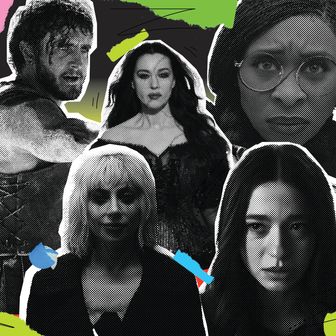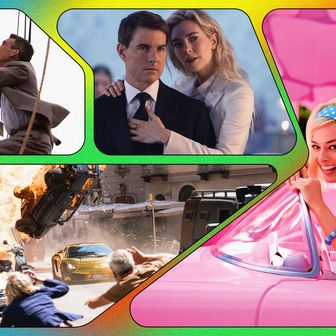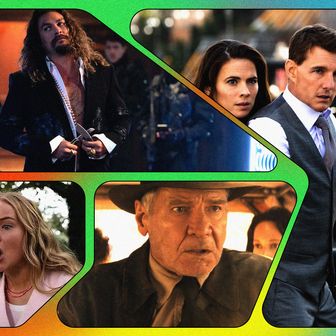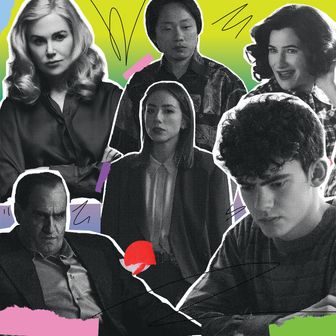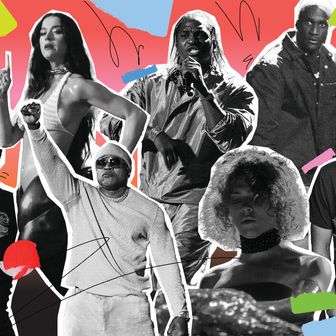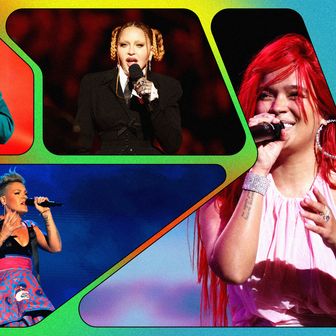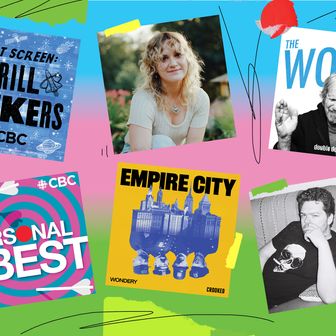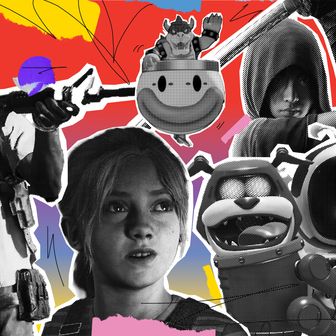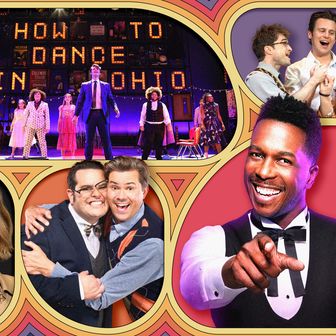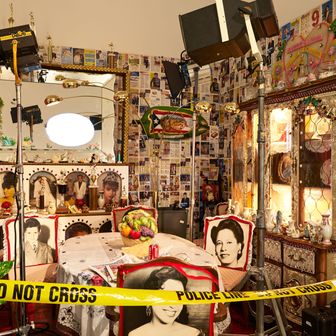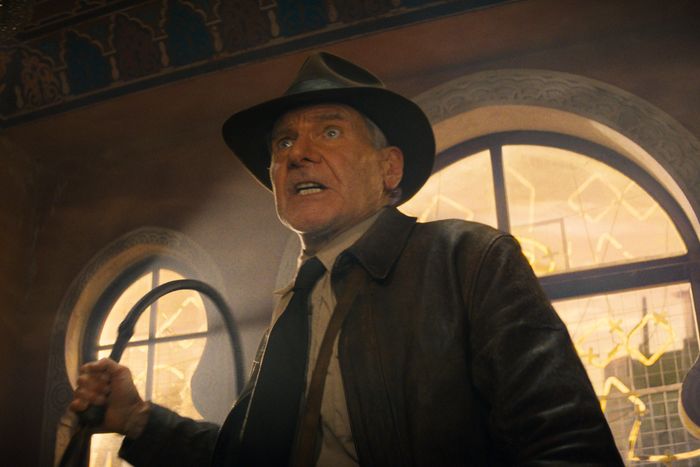
This story was originally published in May. We are recirculating it now timed to Indiana Jones and the Dial of Destiny’s theatrical release.
On Friday, Harrison Ford dons his felt fedora once again, returning to multiplexes as his second most famous movie alter ego in Indiana Jones and the Dial of Destiny. Jumping between speeding tuk-tuks, jogging across the rooftop of a moving train, punching out cannon fodder bad guys and parachuting out of a World War II–era bomber over an island, the superannuated star thereby becomes — at age 80 — the oldest action hero ever to top-line a mega-budget summer tentpole movie. That’s four years the elder of next-nearest runner-up Sylvester Stallone (Samaritan, Rambo: Last Blood), a five-year age gap on Arnold Schwarznegger (Terminator: Dark Fate, the upcoming Kung Fury 2), and a full decade on Liam Neeson (his most recent efforts Memory, Blacklight and The Ice Road do not qualify as megabudget tentpoles but boy, the guy sure churns them out).
While the cynics regard Dial of Destiny as a naked cash grab drafting on misplaced nostalgia by IP-crazy Hollywood suits, this fifth entry in the 40-year-old, $1.37 billion-grossing franchise arrives with no small amount of real anticipation. The first Indy installment not to be directed by Steven Spielberg (and the second not written by George Lucas), its sneak preview footage generated a hive of buzz out of Las Vegas’ CinemaCon last month. And on Thursday DoD premiered to a standing ovation at the Cannes Film Festival: a tangible signifier of its studio distributor Disney’s confidence in its commercial prospects. It follows in the promotional chemtrail of Top Gun: Maverick which popped onto the cultural radar at 2022’s CinemaCon, also premiered at Cannes, is also plotted around an ‘80s-era intellectual property, and went on to become last year’s highest-grossing movie.
Moreover, 2008’s crappily reviewed, ostensibly franchise-killing entry, Indiana Jones and the Kingdom of the Crystal Skull, grossed a series high of $790.6 million, demonstrating that Indy’s four-quadrant seems to know almost no sell-by date and can even withstand the misfire of a baton-passing turn by Shia LaBeouf.
Still, arriving amid a popcorn movie season overflowing with would-be blockbusters — Mission: Impossible Dead Reckoning Part One, The Flash, The Little Mermaid, Spider-Man: Across the Spider-Verse — Disney’s marketing department will have its work cut out in terms of cutting through the clutter. And in that spirit, Vulture canvassed executives at rival studios, box-office analysts and industry insiders about what Indy 5 needs to hit mega-profitability.
Almost everyone agreed that Ford would be the film’s most potent marketer but constraints of age not to mention his legendary curmudgeonliness will ultimately impede the kind of blitzkrieg worldwide promo campaign that Vin Diesel, Michelle Rodriguez, Charlize Theron and Jason Momoa tag teamed to enable for Fast X. Some of our sources laid out a marketing road map for Dial of Destiny while others gave it up as an already lost cause – lamenting the movie’s lackluster pre-release “tracking” estimates which indicate weak interest for moviegoers under the age of 35 (after the release of two trailers and a Super Bowl commercial) and a real potential for floppage.
The main takeaway from our research: nostalgia for Ford’s intrepid archaeologist character will be crucial but it alone won’t be enough for Dial of Destiny to plunder the summer’s box-office booty.
Tip 1: Market the Movie like Top Gun: Maverick
The follow-up installment of another long-dormant, Reagan-era franchise, TG:M defied almost all commercial expectations by drawing in record audiences at a precarious, post-pandemic inflection point; Top Gun 2 is credited with more broadly rekindling cultural affinity with in-person moviegoing and drawing a heretofore reluctant constituency — 35-and-up audiences — back to theaters. Combining old-fashioned movie spectacle (high-tech fighter jets obliterating “the enemy” at mach speed, shirtless beach football) with the megawatt star power of Tom Cruise (then 59) reprising one of his most iconic roles as Lt. Pete “Maverick” Mitchell, the sequel impacted around the world more like a cultural event than simple Hollywood product.
Ergo, Dial of Destiny stands to benefit from leaning on Ford’s Indiana Jones iconography to similar effect. The idea is to connect first with what one studio marketing exec (who requested anonymity because the person was not authorized to speak publicly) characterized as the “white guy over 40” demographic en route to reaching a broader audience.
“I think Indiana Jones, like Top Gun, is sort of sitting there with an opportunity to surprise people and really endear itself to them,” says Fandango managing director Erik Davis. “It could bring older audiences, younger audiences. It’s not a comic book movie. More than any film this summer, Indiana Jones stretches across generations so you’ll have parents wanting to take their kids. And if it’s an entertaining film, it could reach a lot of those same audiences that Maverick reached, people wanting to see Harrison Ford play the character for the last time.”
Tip 2: Expand Appeal to Women, Minorities and Gen Z Through Influencers
Dial of Destiny co-stars Fleabag showrunner-star Phoebe Waller-Bridge as Jones’ goddaughter — and Marion Ravenwood stand-in — Helena Shaw. But with a supporting cast that includes Mads Mikkelsen (as the requisite mustache-twiddling bad guy), Antonio Banderas, Narcos’ Boyd Holbrook and Toby Jones, the production doesn’t exactly scream intersectionality at a time when movie DEI has never been more effectively monetized by the entertainment industry.
With special consideration given to how the majority of DoD’s target audience wasn’t yet born when Ford first battled Nazis in 1983’s Raiders of the Lost Ark, insiders say the movie’s commercial prospects will rise or fall based on pre-release outreach to communities beyond DoD’s white-guys-over-40 base: women, minority groups and the kind of Gen Z moviegoers who came of filmgoing age when first-release movies still went straight to streaming. But while Disney has leaned on influencer marketing to a limited degree for certain titles in the past, early-adopter hype building efforts surrounding Dial have been hampered by the studio’s reported unwillingness to extensively test screen it (with director James Mangold taking to Twitter to debunk rumors of studio unhappiness with early cuts by denying Indy 5 had been test screened at all).
“Unless you get those people who speak to those audiences to authentically tell them, ‘This is the movie you’ve got to see and here’s why,’ and play off that, you have no chance,” says an executive from another studio. This person voices doubt that Disney’s marketing materials for Dial have so far managed that feat: “I just don’t know why anyone under 30 would see this movie. Their trailers are so nostalgic. The action seemed whatever. It looked all CGI-ed up — and I don’t think that had anything to do with [Ford’s] age. People are like ‘meh.’”
Tip 3: Make the Most of the Lag Between Blockbusters
Occupying a relatively uncrowded niche in the summer release corridor, Dial of Destiny enjoys a two-week stretch without significant competition from any other mega-budget event film until the July 12 rollout of Mission: Impossible Dead Reckoning Part One. If Indy 5 proves to be a critical hit, that will provide the runway for word-of-mouth buzz to grow. And in a perfect-world scenario, a scant second-week drop off will encourage the type of multiple return viewings that turned another long-between-screen-appearances Ford franchise entry into a box-office behemoth.
“Nostalgia is never enough,” says Shawn Robbins, chief analyst for Boxoffice Pro. “And that’s where I believe it will come down to whether or not this movie revitalizes what people missed from Kingdom of the Crystal Skull. I compare it to Star Wars, and the Harrison Ford analogue is there too. Before The Force Awakens came out in 2015, there was the perception that the three prequels had hurt the brand so much, there was a question about whether Star Wars movies could be blockbusters again. And then [Star Wars: The Force Awakens] became the biggest movie of all time in North America.”
He adds: “It was sold largely on nostalgia. It engaged audiences and reminded them of what they loved about the original. But it captured the family audience, not just the hard core fans, over a long period of time.”
So will DoD be greeted as Indiana Jones and the Temple of Osteoporosis? Or will it be greeted in the spirit Disney is surely hoping for: a version of everything old is new again featuring what The New York Times describes as a “distractingly digitally de-aged Ford, looking kind-of-but-not-really like he looked in the first couple of films”? It all depends on the studio spreading — and more crucially, getting the right people to spread — a message Ford himself delivered on the Cannes croissette Thursday: “I’ve got a movie you ought to see.”


